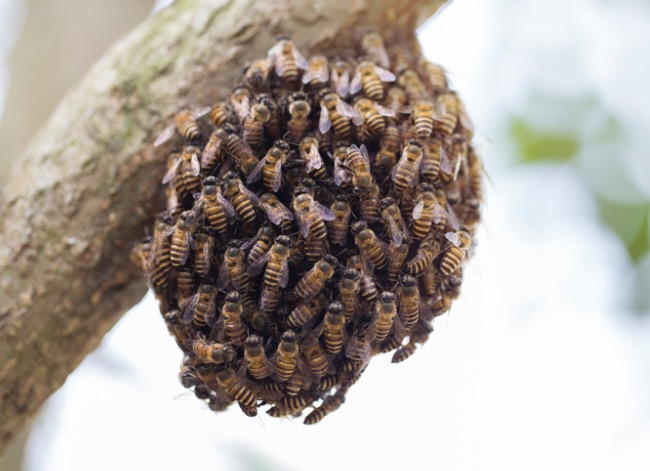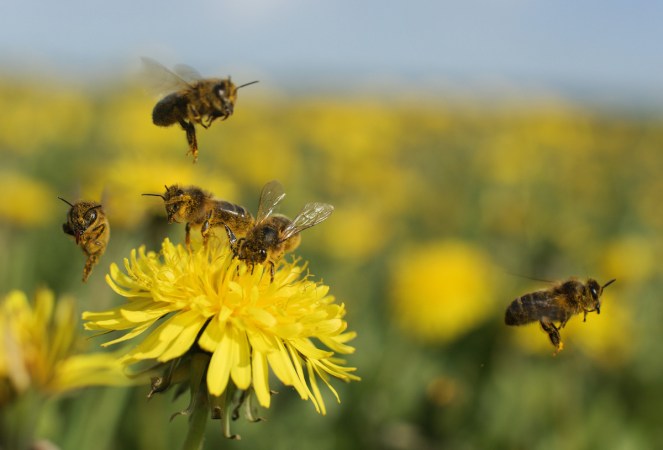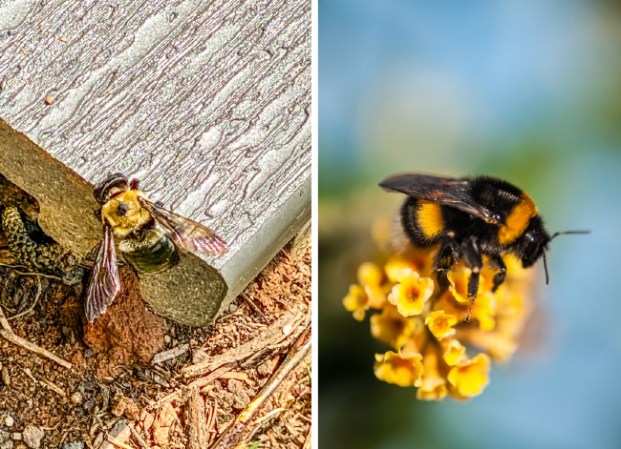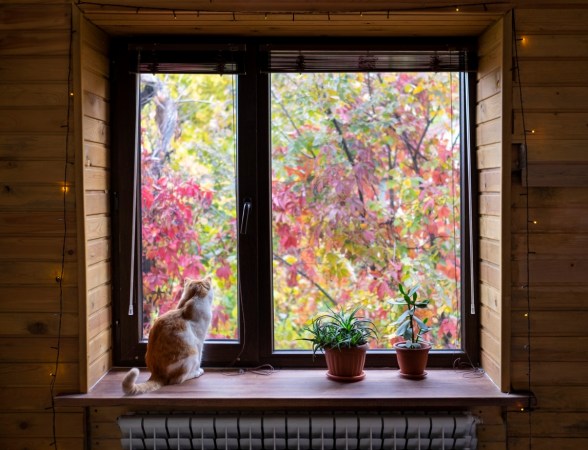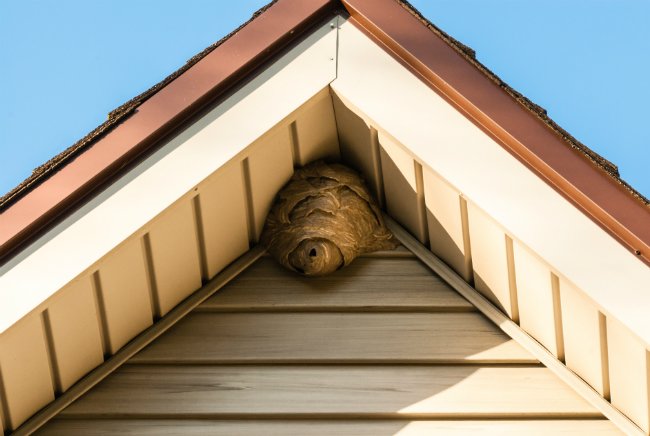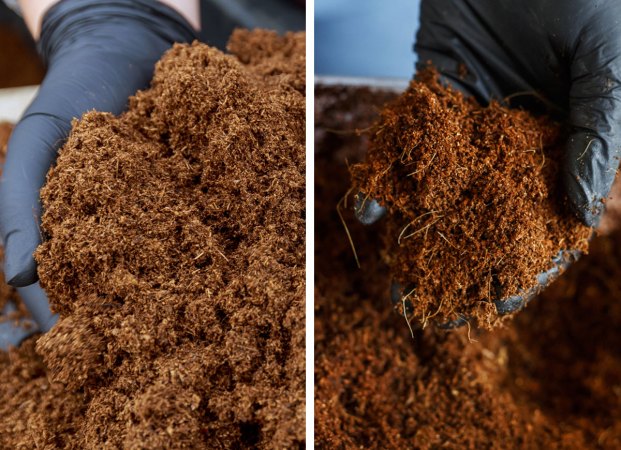We may earn revenue from the products available on this page and participate in affiliate programs. Learn More ›
Discovering a swarm of bees in your yard can, understandably, be disconcerting. A swarm is made up of hundreds—or even thousands—of honeybees searching for a new location for their hive. This phenomenon most often takes place between April and June and occurs when a colony outgrows its existing hive.
While it might look intimidating, a swarm isn’t dangerous if handled with caution. Read on to learn more about the importance of honeybee swarms and what to do if you find one on your property.
Declining Bee Populations
Honeybees are an essential part of our food system. Alongside other insects and wildlife, honeybees pollinate nearly 75 percent of the world’s fruit- and seed-producing crops for human consumption. This natural process supports the production of 87 of the leading food crops worldwide. Unfortunately, however, there have been significant yearly declines in honeybee colonies.
To protect local bee populations, it’s important to reduce pesticide use and provide bees with safe places to swarm and nest.
RELATED: 10 Flowers That Attract Bees to Your Garden
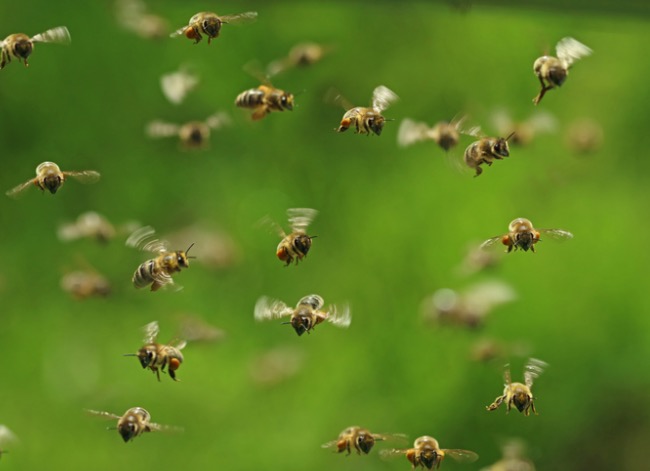
What is a Honeybee Swarm?
Swarming is an essential part of a honeybee colony’s reproduction process. It occurs when a colony becomes too large for its existing hive, causing a group of bees to leave and seek out a new nesting site. Alternatively, the entire colony might leave a nesting site if they deem it to no longer be safe.
The process typically takes place in the spring and early summer. Swarms are composed of a queen and a group of worker bees, including a number of scouts. The swarm sends out these scouts to find an ideal location to nest. Once the scouts agree on a nesting site, the swarm will fly there and settle in to begin producing honeycomb and collecting pollen.
RELATED: Homemade Honey—How to Keep Bees in Your Own Backyard
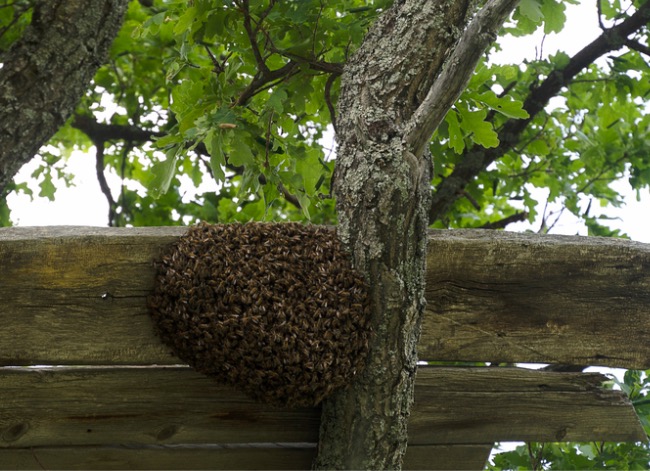
Are Swarms Dangerous?
While it can definitely be alarming to find a honeybee swarm on your property, swarms generally don’t pose a risk to humans unless the bees are provoked. When swarming, bees are not protecting their young or existing honey supplies.
This means that as long as you keep your distance and don’t disturb them, honeybee swarms are not particularly dangerous. Swarms also will move on quickly, staying in one place for as little as an hour or as long as several days.
RELATED: What’s the Difference? Carpenter Bee vs. Bumblebee
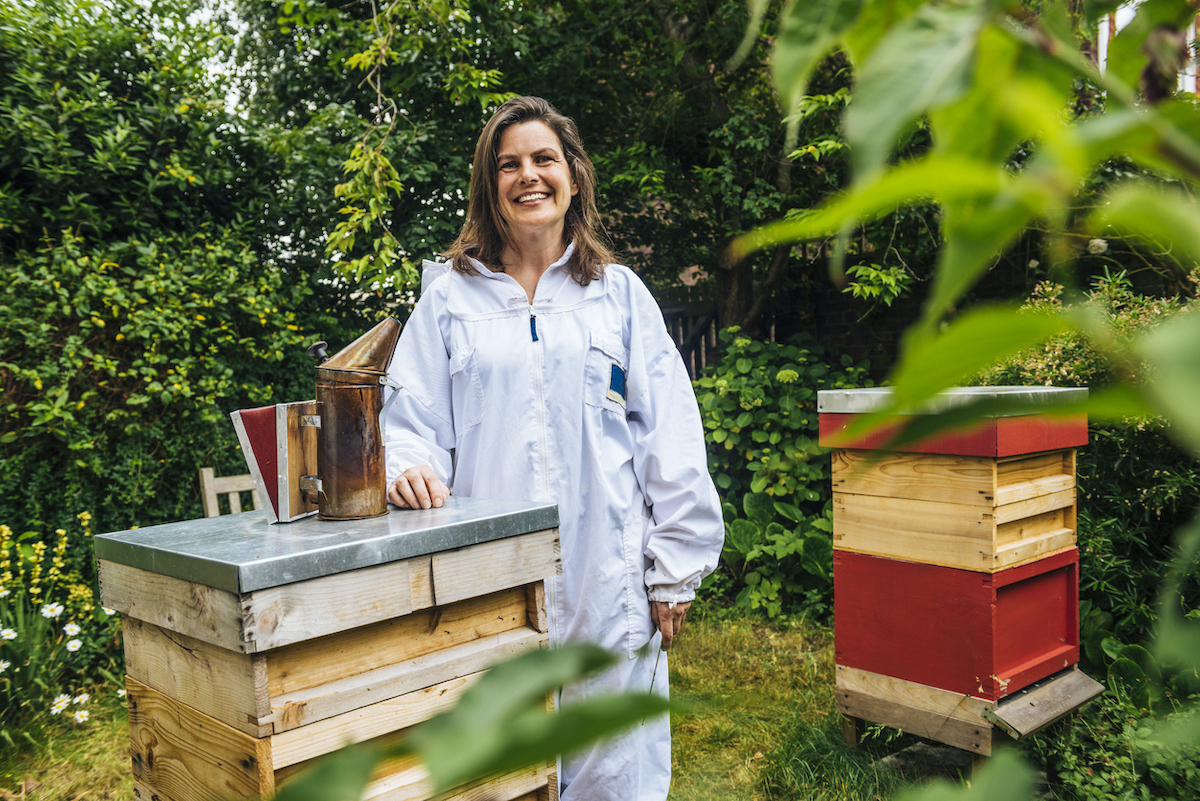
Relocating a Swarm
After discovering a honeybee swarm, the safest thing to do is simply leave it alone. Feel free to observe the phenomenon from a safe distance. If the swarm settles in a high-traffic or troublesome area, however, consider having it relocated.
Never attempt to remove the swarm yourself as the bees might attack if agitated, and avoid calling an exterminator. Instead, contact a local beekeeper to inform them of the situation. They might charge a small fee to capture and relocate the bees, but some also perform the service for free.
RELATED: 3 Container Garden Combos for Attracting Pollinators

